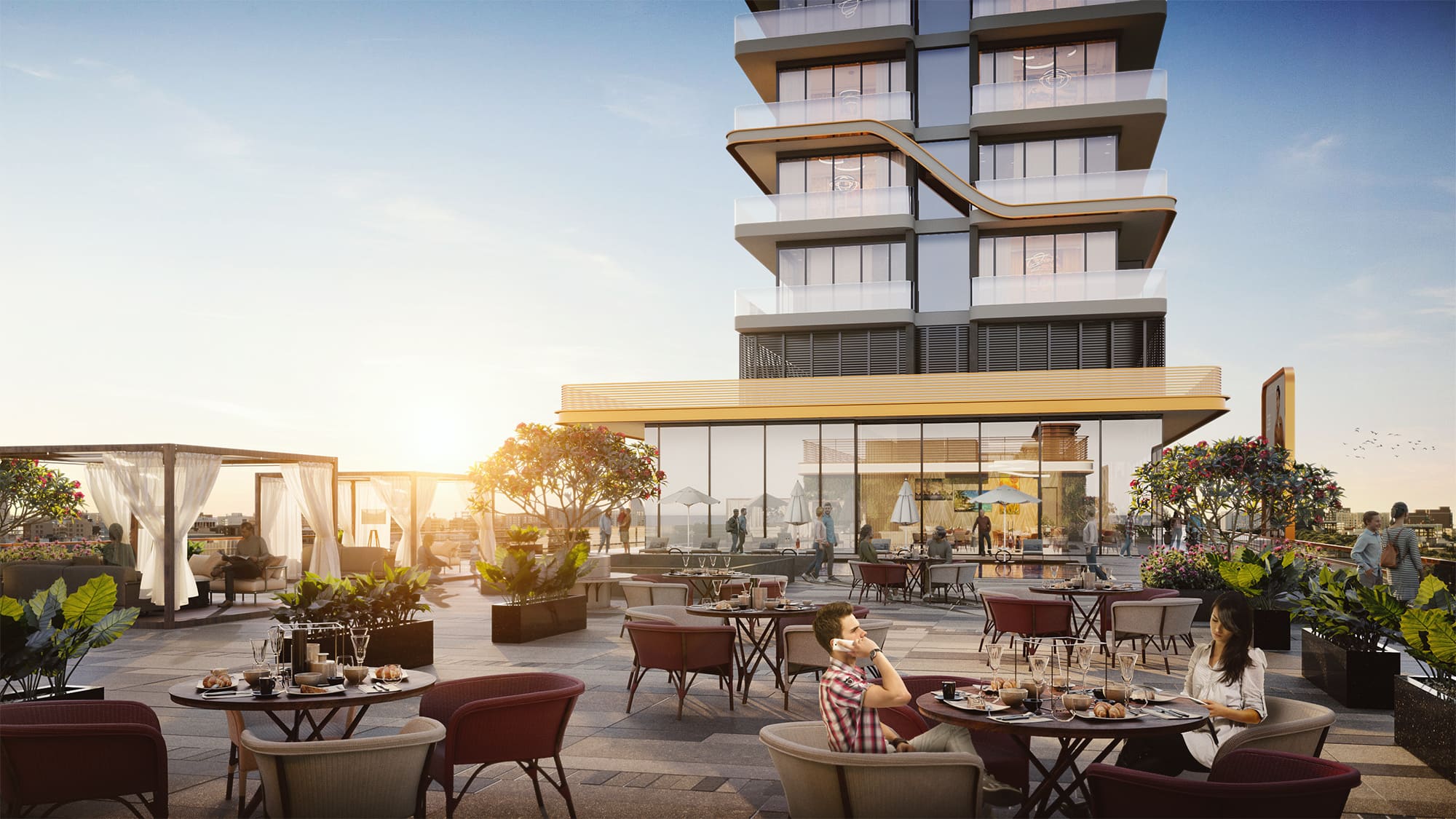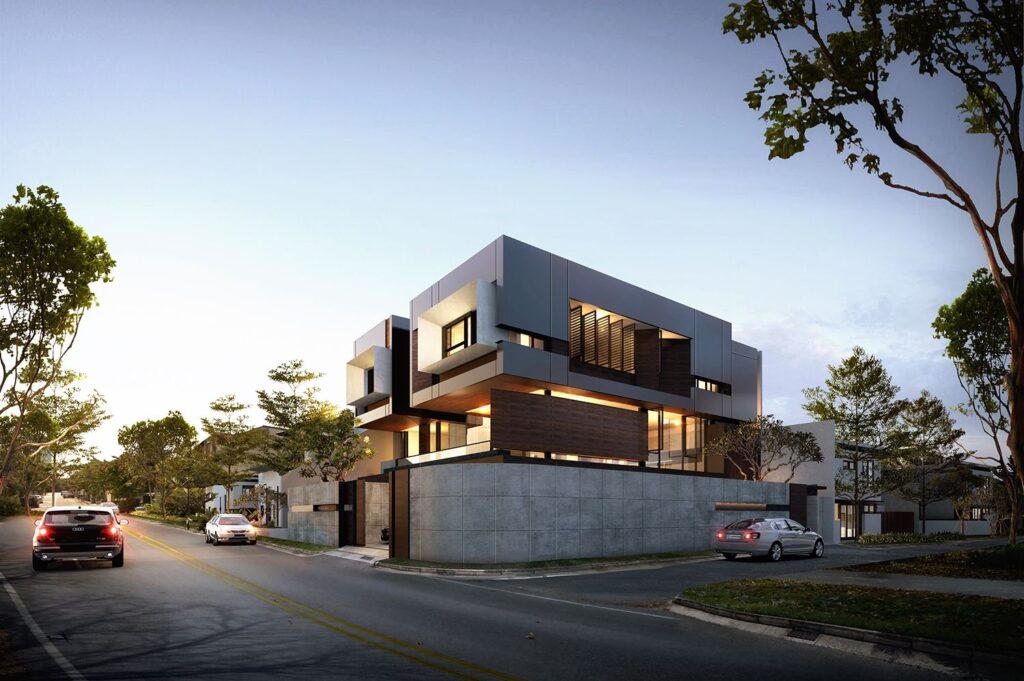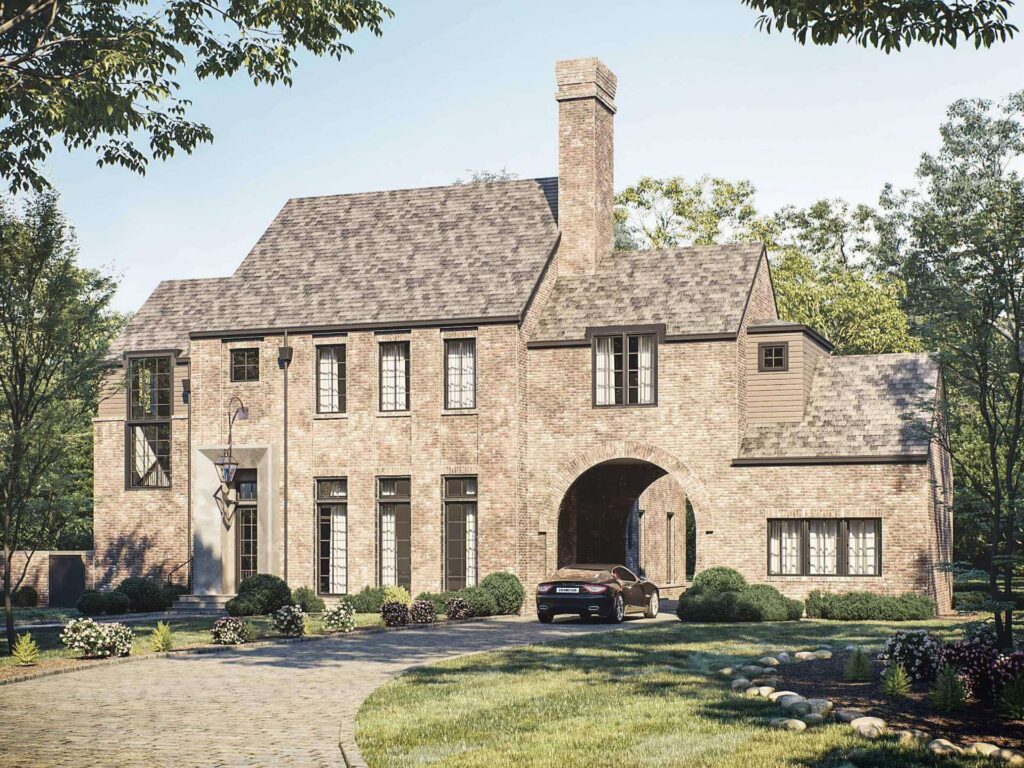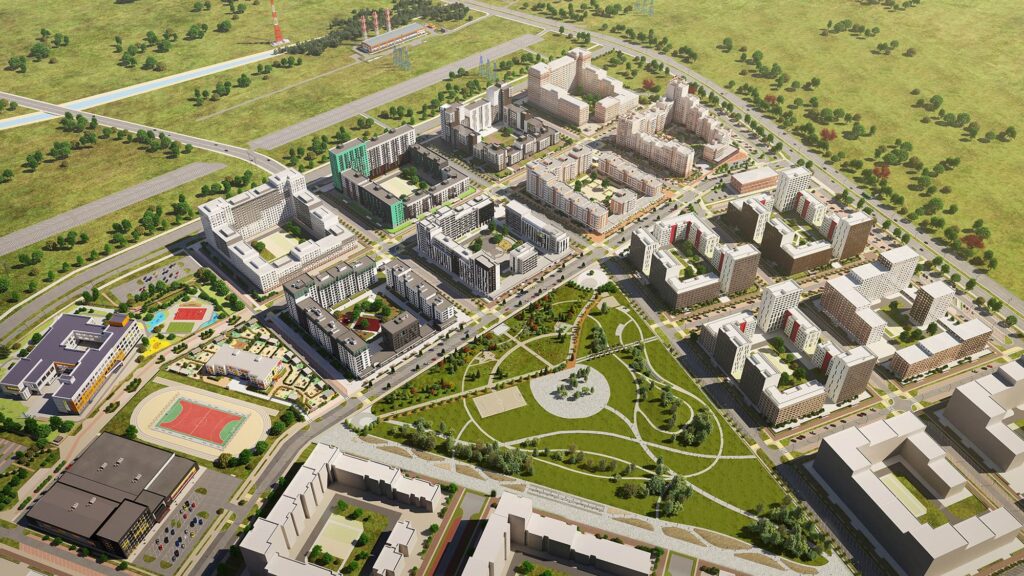In the dynamic world of architecture and design, the power of visualization cannot be understated. Architectural 3d renderings serve as the bridge between imagination and reality, offering a glimpse into the intricacies of a space before it’s even built. With technological advancements in 3D rendering software, architects, designers, and developers have a plethora of tools at their disposal to create stunning visual representations that bring projects to life.
Understanding the Importance of Resolution
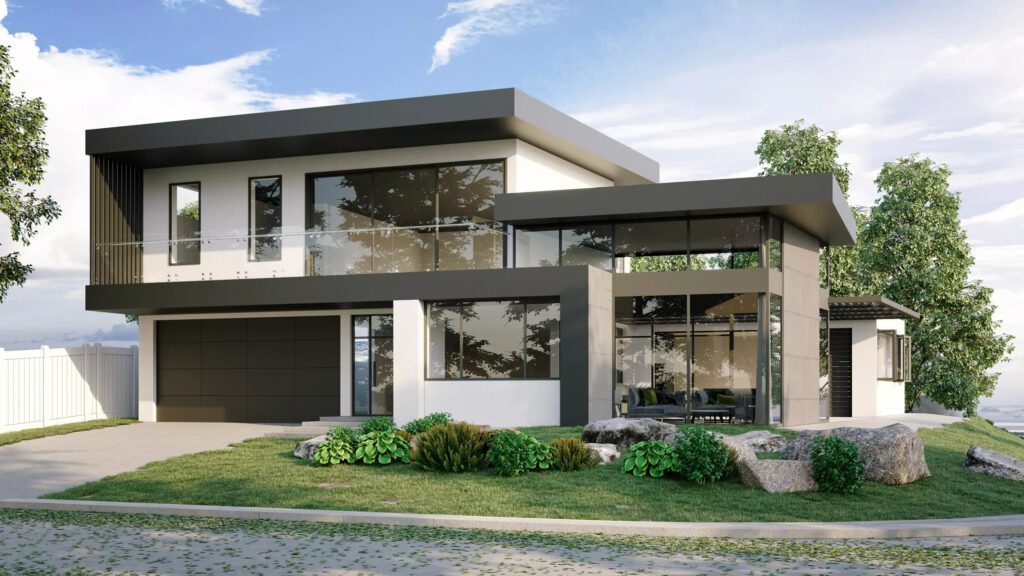

Resolution is a crucial aspect to consider when embarking on an architectural 3D rendering project. Resolution determines the level of detail, sharpness, and clarity in the final visualization. It plays a significant role in conveying the nuances of the project’s design, textures, lighting, and overall aesthetic appeal. Selecting the right resolution is essential in ensuring that the final output accurately reflects the vision and intent behind the design.
Factors to Consider When Choosing Resolution
- Project Scope: The first step in determining the best resolution for your architectural 3D renderings is to assess the project’s scope. Consider the space’s size, the design’s complexity, and the rendering’s intended use. High-resolution renderings are ideal for large-scale projects or detailed interior designs that require a closer look at textures and materials.
- Intended Use: Think about how the renderings will be utilized. Are they for client presentations, marketing materials, or project documentation? Understanding the purpose of the renderings can help you decide on the optimal resolution to achieve your goals effectively.
- Hardware and Software Capabilities: Ensure that your hardware and software can support the selected resolution without compromising on rendering speed or quality. Higher resolutions may require more processing power and memory, so it’s crucial to strike a balance between visual fidelity and efficiency.
Practical Tips for Resolution Selection


- Test different resolutions: Experiment with varying resolutions to see how they impact the overall quality of the architectural 3d renderings.
- Seek feedback: Collaborate with colleagues or clients to gather input on which resolution best meets their expectations and requirements.
- Consider scalability: Choose a resolution that allows for scaling up or down without compromising image quality when needed.
In architectural 3D renderings, the devil truly lies in the details. Selecting the best resolution for your projects can make a world of difference in how your designs are perceived and appreciated. By understanding the factors influencing resolution selection and following practical tips, you can ensure that your 3D renderings captivate and resonate with audiences, bringing your vision to life in exquisite detail.
Avenir Design Studio
Avenir Design Studio is a leading 3D visualization studio specializing in 3D architectural rendering services. With a focus on precision and creativity, they transform design concepts into photorealistic visuals. Their expertise in 3D architectural rendering brings projects to life with stunning detail and unparalleled visual appeal.
Experience unparalleled expertise in 3D architectural rendering services at Avenir Design Studio and bring your design concepts to life with precision and creativity.

